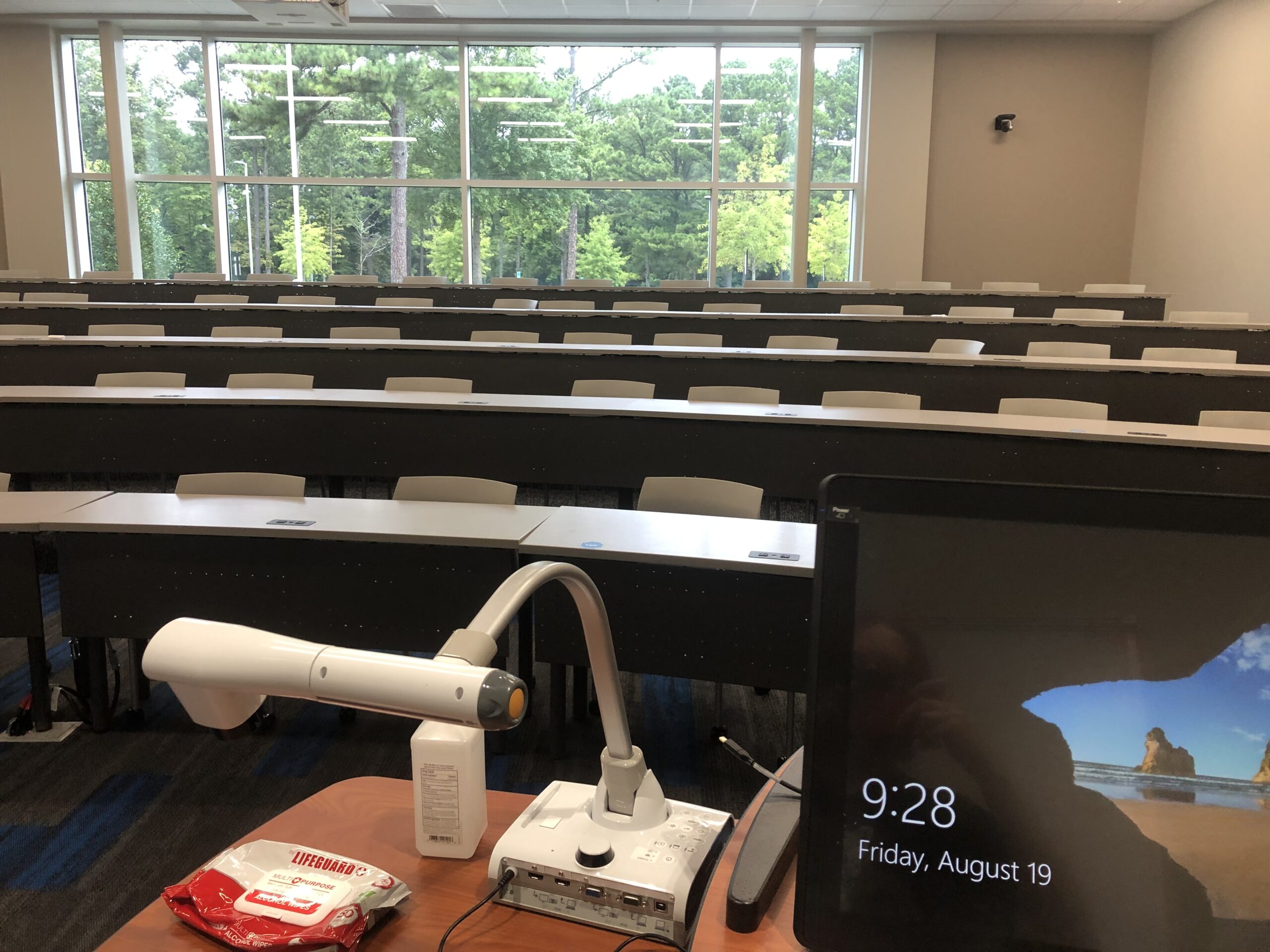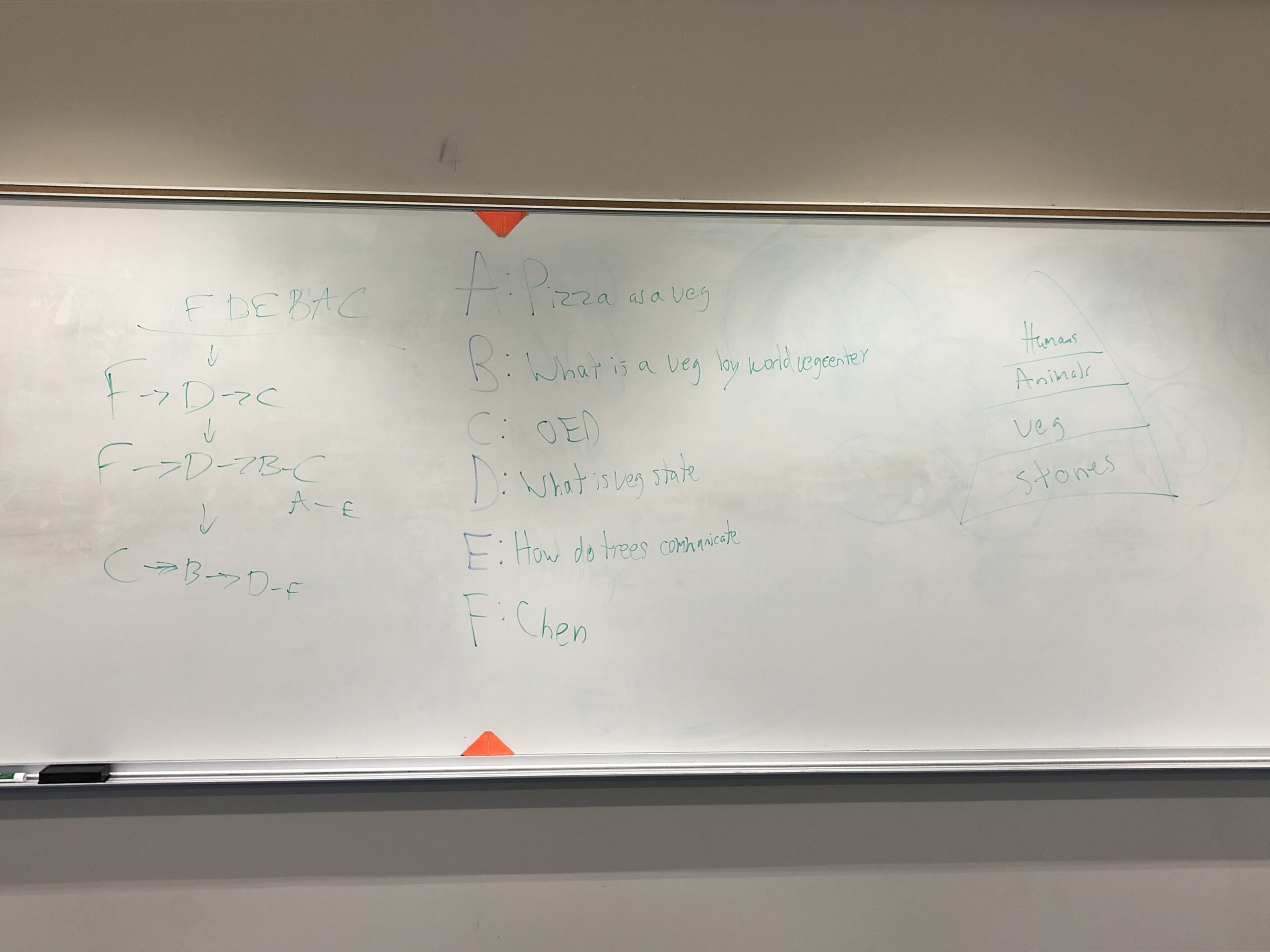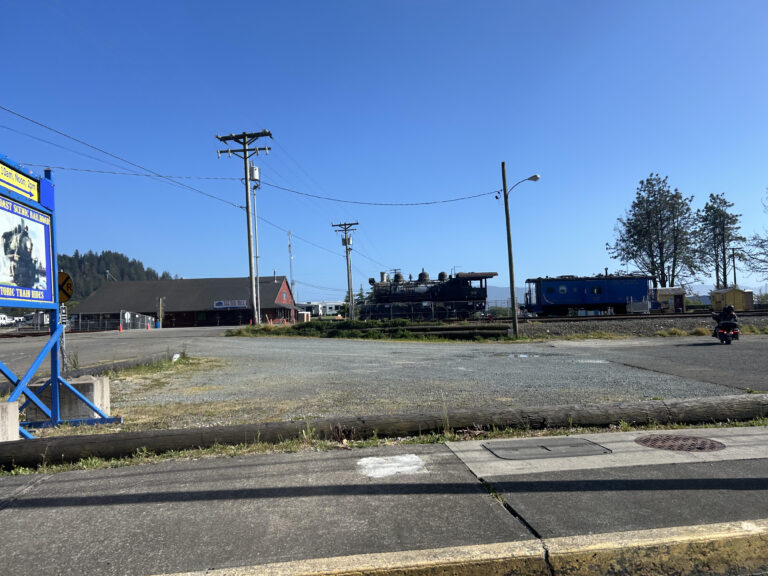My teaching philosophy is to create a universally accessible environment, to learn with the students, and to help students find their academic voices.

What does a class with Tyler look like?
I design my classroom using the Universal Design for Learning (UDL) model, which involves creating a class environment that assumes any student might have a disability and/or impairment. While students can seek accommodations, not everyone realizes they could get them, so they might never request the assistance they could obtain. To address this, I prepare as though every student might require accommodations, whether they inform me or not. In practice, this means recording each class and uploading the videos to the class webpage, ensuring readings are accessible via screen readers, making sure text and slideshows are colorblind-friendly, etc. A lot of work can be done before students even enter the classroom to create a more inclusive environment for everyone. The ultimate goal is for students to benefit from the UDL model without feeling the negative stigma often associated with accommodations. Beyond creating an inclusive environment, I focus on encouraging students to think creatively in the writing classroom. Many students get so caught up in grammar and sentence structure that they lose sight of their message. I encourage them to see writing as an open dialogue, a way to communicate through written language. This helps them find their voice and build confidence in their writing abilities. I incorporate fun, dynamic, and well-paced exercises to make writing and academia feel less intimidating. Below are a few exercises that I am known for!

Is a Hotdog a Sandwich?
A common assignment in introductory collegiate English courses is the argument of definition essay. Many students find this challenging because it’s often their first time engaging with academic texts and using them appropriately. This essay also helps them become familiar with the research process, which is crucial for future research papers. To prepare students for the argument of definition assignment and make it engaging, I pose the question: Is a hotdog a sandwich? I famously kick off this discussion by eating a hotdog in front of the class and declaring, "That was a good sandwich," which sparks a lively debate. This leads to a low-stakes, in-class discussion that gets everyone involved. In a subsequent class, I conduct a similar exercise with the word "vegetable," providing students with various sources. Together, we create a matrix to see how these different sources connect. Initially, many students might think the exercise and the essay are not serious. However, I introduce a source discussing how the term "vegetable" has been used to dehumanize people with disabilities, highlighting famous examples of its negative and sometimes deadly consequences. This re-contextualizes the hotdog-sandwich question, helping students understand the broader significance of the essay and exercise. By connecting these seemingly trivial questions to larger issues, students gain a deeper appreciation for the assignment's importance.

Earth Mother Myths
In the second collegiate writing course, a theme is often chosen, and for my classes, I choose to focus on sustainability and the environment. This is a topic I am passionate about and knowledgeable in, and it tends to resonate with students across various majors. Although the readings can be challenging, they are crucial for helping students understand that their chosen subjects or research papers draw from a diverse set of sources, each with its own ideological nuances, histories, and biases. To illustrate how societal ideals influence environmental narratives, I break students into groups and have them create images representing "nature myths." They then develop stories and mythologies to accompany these images. After presenting their work, students compare the similarities and differences in their myths, making it easier to discuss what informed their creative decisions. For instance, asking why some students incorporated masculine or feminine characteristics into their myths can reveal underlying assumptions they may not have consciously considered. This exercise encourages students to critically analyze the images and narratives they encounter, preparing them to approach their research subjects with a more nuanced perspective. Additionally, this activity sets the stage for discussions on eco-feminism or similar topics, should you choose to include such readings in your class. This approach not only makes the chosen theme more engaging but also equips students with critical thinking skills applicable to their academic work.

The Infamous "Train Game"
As emphasized in the previous exercise example, it's crucial for students to grasp important and complex ideas before encountering them in their readings. One such concept I stress is ecofascism, an ideology where climate catastrophe and climate change are exploited to establish or maintain fascist power. Although many students may be unfamiliar with this term, it's essential they understand how people can unintentionally gravitate toward such ideas. In my classroom, I introduce this concept with the "train game," inspired by Brenda Romero's "Train." The game is designed to be played only once, revealing its implications so profoundly that students won't want to play it again. I set up three toy trains on a marker board with tracks drawn on. I invite students to play, offering candy as a reward. One student blows a whistle to start the game, mimicking a train noise, while two others pretend to throw a ball through a window, adding to the chaos. The players place toy figures on the trains and take turns rolling dice to move along the tracks. On the second turn, each player receives a card to read aloud. When the first player reads their card, the game halts as its implications become clear: the card reads, "Congratulations, you are one step closer to Auschwitz!" The game ends in silence, and I ask if they still want the candy. Of course, no one does. The purpose of this game is to prompt students to question the objective before agreeing to participate. It highlights how well-meaning individuals can unwittingly engage in harmful actions in pursuit of their goals, influenced by those who designed the mission for their ideological gain. This exercise prepares students for the more uncomfortable readings on ecofascism and encourages them to critically evaluate their own research papers. Are they proposing solutions that are genuinely helpful, or could they unintentionally cause harm?
Courses I've Taught
EH 101: College Writing Studio
EH 101: College Writing
EH 102: College Writing II
Contact Tyler
Email: tylerjaocbdickey@gmail.com